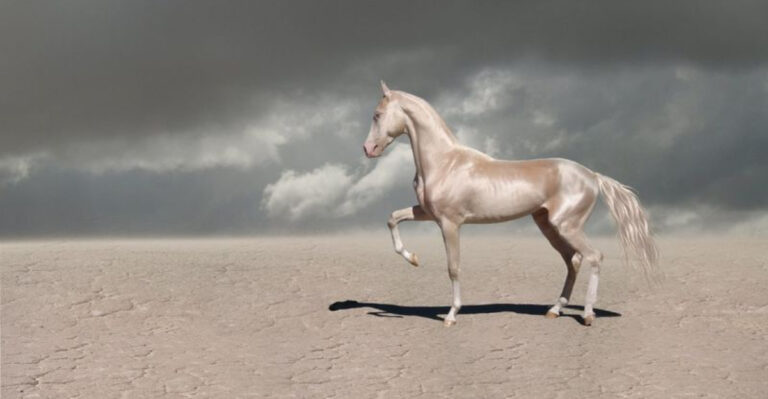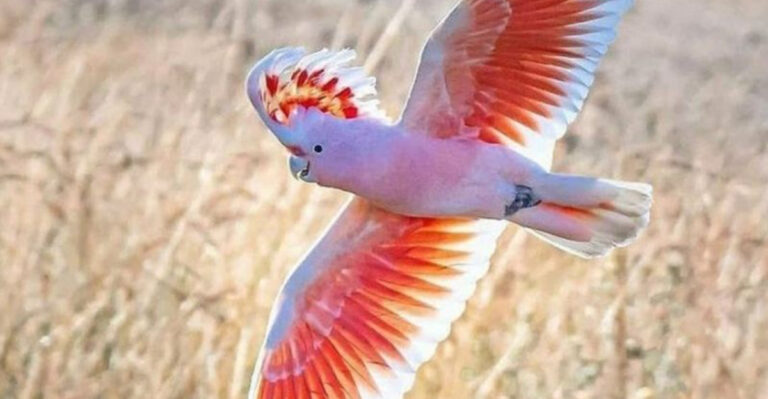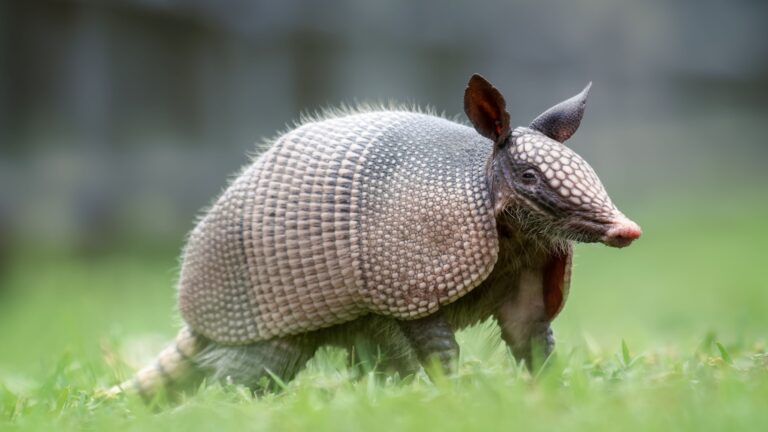16 Easy Ways To Spot A Venomous Snake To Keep Your Pets (And Yourself) Out Of Danger
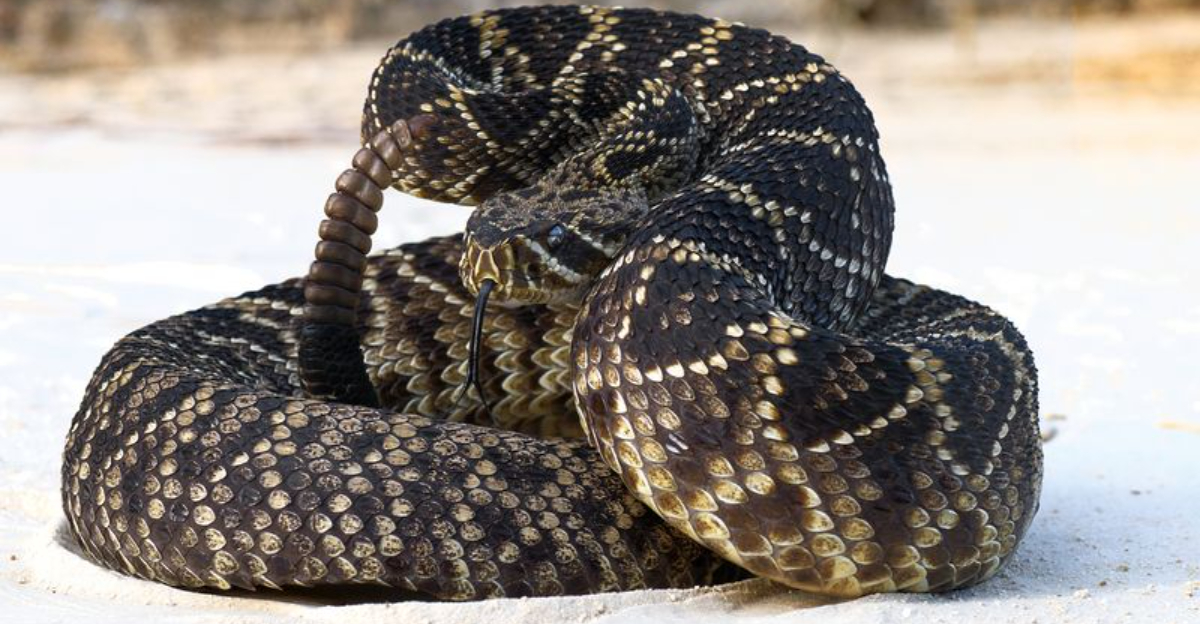
Snakes can be fascinating creatures, yet, some of them pack a venomous punch. Identifying them quickly can save you and your pets from harm. Here’s a fun and quirky guide to distinguishing those slithery serpents without getting too close.
1. Triangular Heads
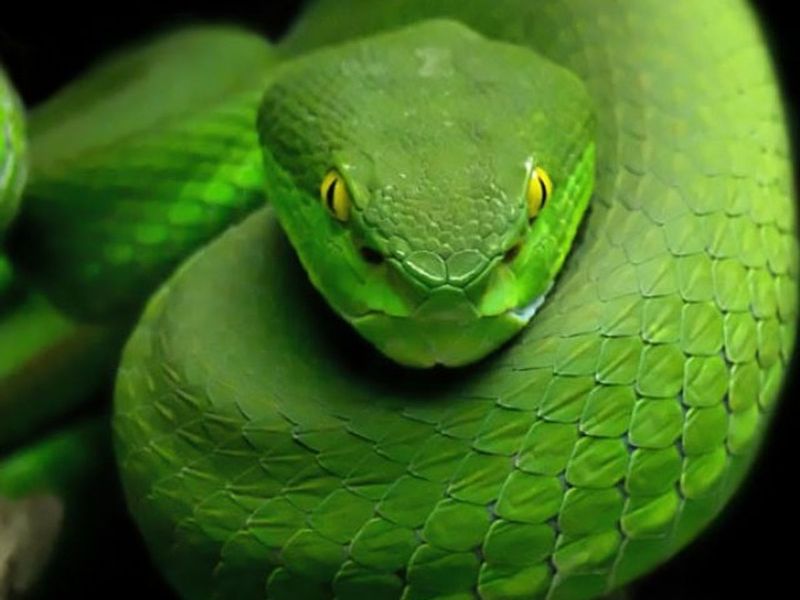
Ever noticed that some snakes have a head shaped like a triangle? That’s your first clue! Venomous snakes often have these distinct triangular heads, unlike their non-venomous counterparts with rounded ones.
This shape is not just for show; it houses the venom glands, setting them apart. Next time you see a snake, check out its head shape – it might just keep you safe!
2. Elliptical Pupils
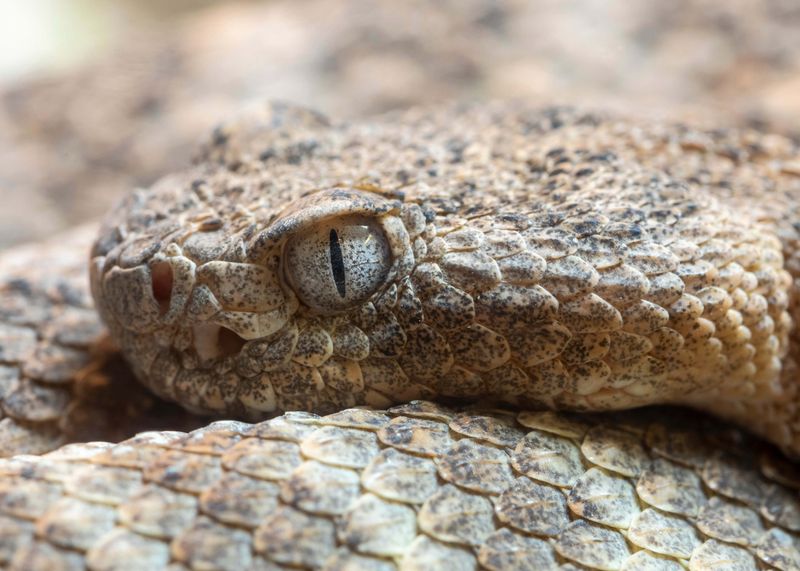
Eyes can tell tales, even in snakes! Venomous snakes often sport those intense, cat-like elliptical pupils. It’s like they’re always in hunting mode.
Non-venomous ones tend to have round pupils. So, if you find yourself face-to-face with a snake, a quick glance at its eyes could be your lifesaver! Nature sure has its way of dropping hints.
3. Colorful Patterns
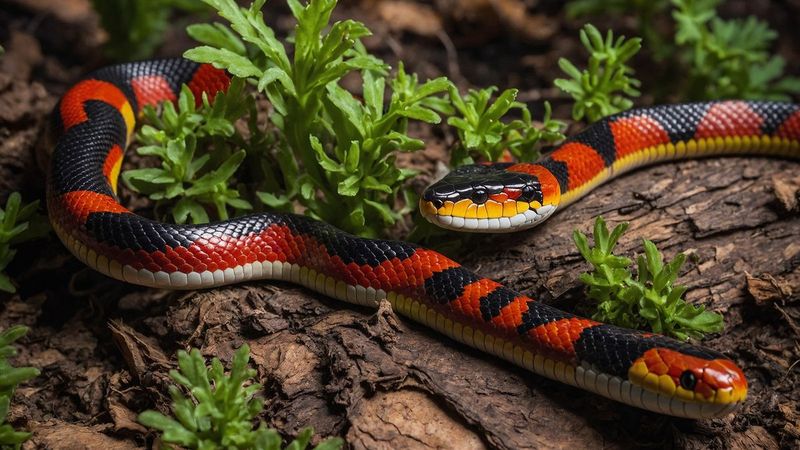
Nature’s warning signs are often bold and beautiful. Many venomous snakes are adorned with bright, colorful patterns. It’s their way of saying, “Back off!”
While not all colorful snakes are dangerous, it’s wise to be cautious. So, when a snake flaunts its flashy style, take a step back and admire from afar. Mother Nature’s art can also be her warning!
4. Rattling Sound
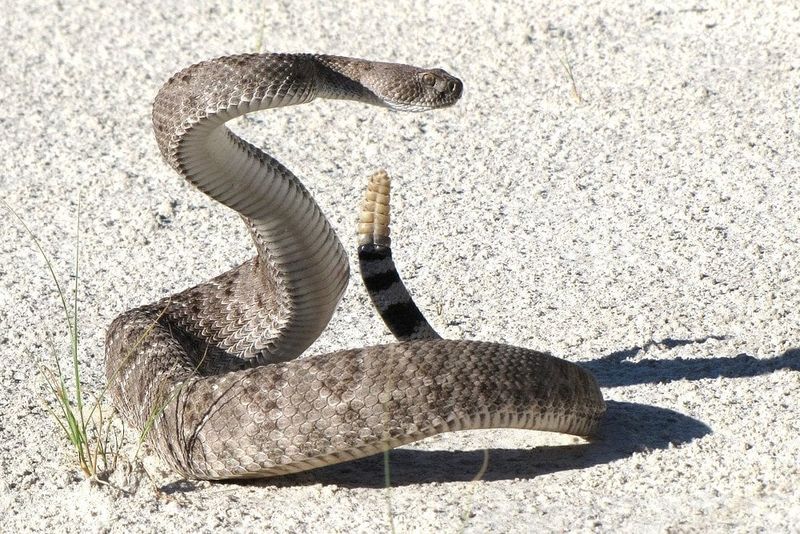
What’s that sound? A rattlesnake’s rattle is one of nature’s most iconic alarms. If you hear that distinct, eerie shake, it’s a clear signal to steer clear!
Rattlesnakes use this sound to ward off threats, making it easier for you to identify and avoid them. Remember, not every snake has a rattle, but when you hear it, listen and retreat!
5. Heat-Sensing Pits
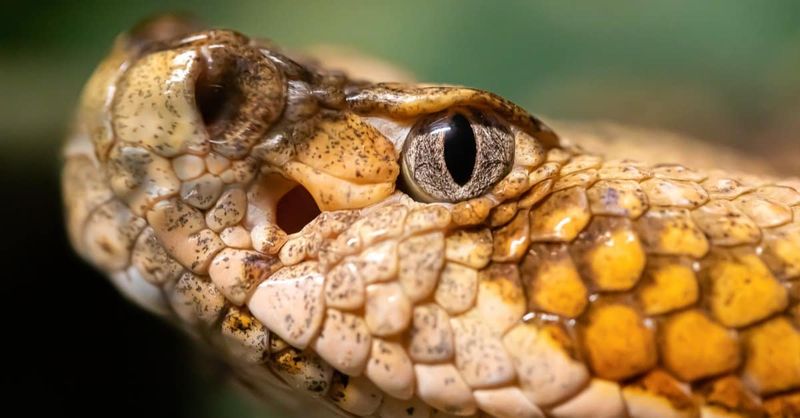
Ever wonder how some snakes hunt so well at night? It’s all in the heat-sensing pits! Venomous snakes like pit vipers have special organs between their eyes and nostrils.
These pits help them detect warm-blooded prey. While a subtle feature, it’s a telling sign. Next time you’re examining a snake (from a safe distance), check for these tiny pits!
6. Single Row Of Scales Under Tail
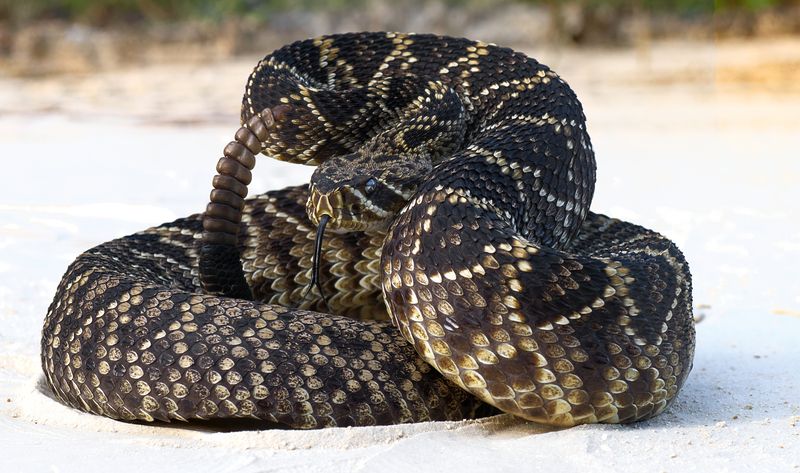
Here’s a tip for the brave-hearted: check under the tail! Venomous snakes often have a single row of scales beneath their tails.
This feature, though not easily visible, is a classic identifier. While you might not want to get too close, knowing this detail could come in handy for those daring moments of discovery!
7. Fangs
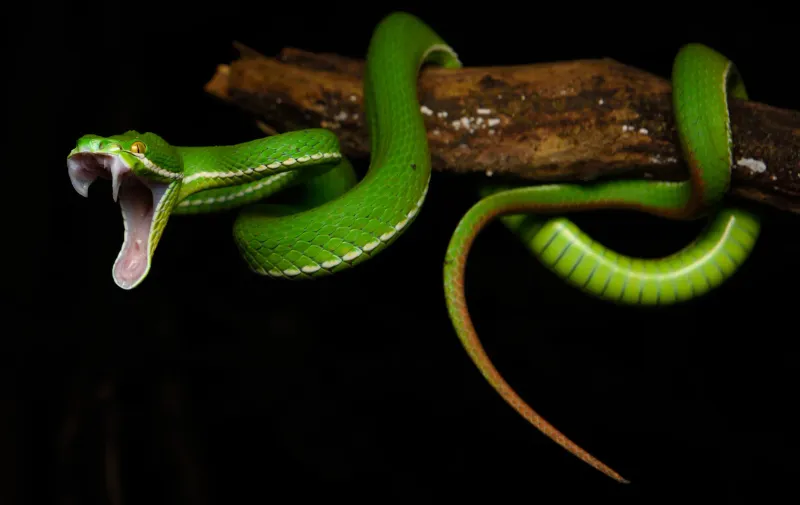
Fangs, the not-so-secret weapon of venomous snakes, are both fascinating and fearsome. Unlike non-venomous snakes with small teeth, venomous ones often boast long, needle-like fangs.
They’re designed for efficient venom delivery. Observing these fangs, from a safe distance, might just give you the hint you need. A sneaky glance could save your skin (literally)!
8. Hooded Appearance
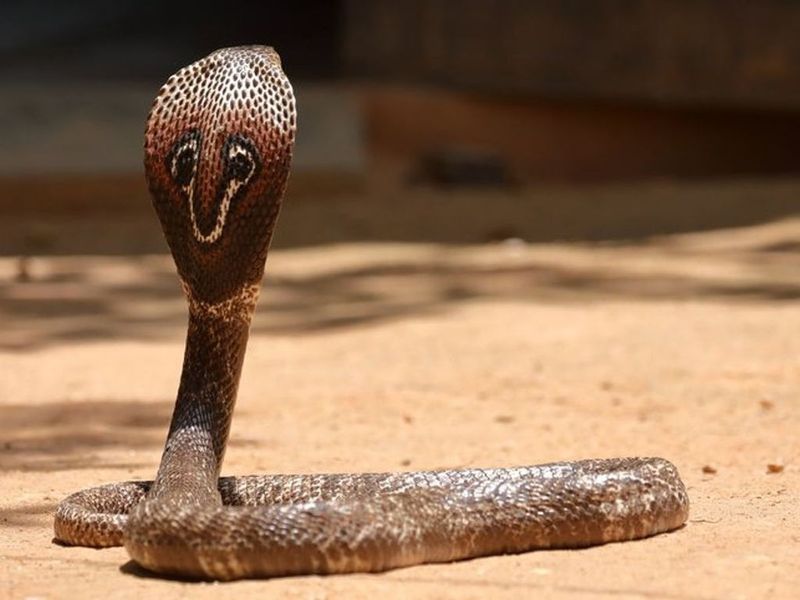
Nothing says “I’m here” like a cobra’s hood! When threatened, some snakes, like the infamous cobra, display a hooded neck.
This dramatic flair is not just for show – it’s a scare tactic. If you spot a snake doing its best superhero cape impression, it’s probably best to admire it from a distance. The hood doesn’t lie!
9. Aggressive Behavior
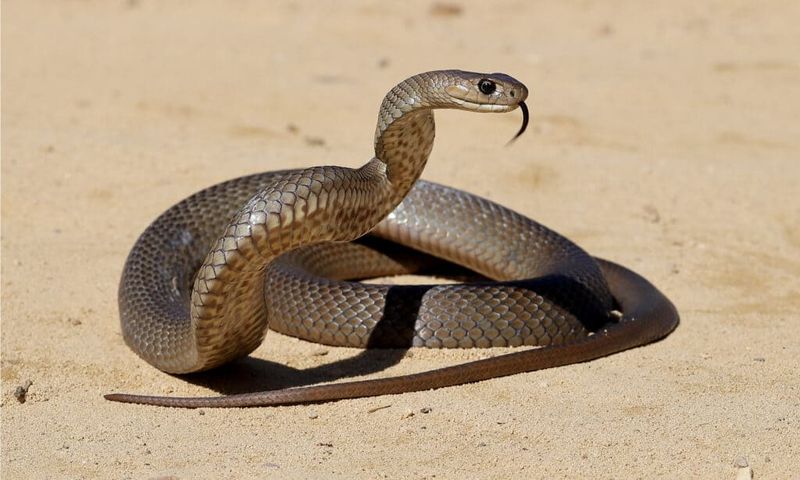
Ever noticed a snake acting feisty? Venomous snakes can be more aggressive compared to their non-venomous cousins. They’ll often stand their ground or even advance threateningly.
While not all aggressive snakes are venomous, it’s a sign to be cautious. If a snake is acting like it wants to pick a fight, it might be time to back off gracefully!
10. Flattened Body
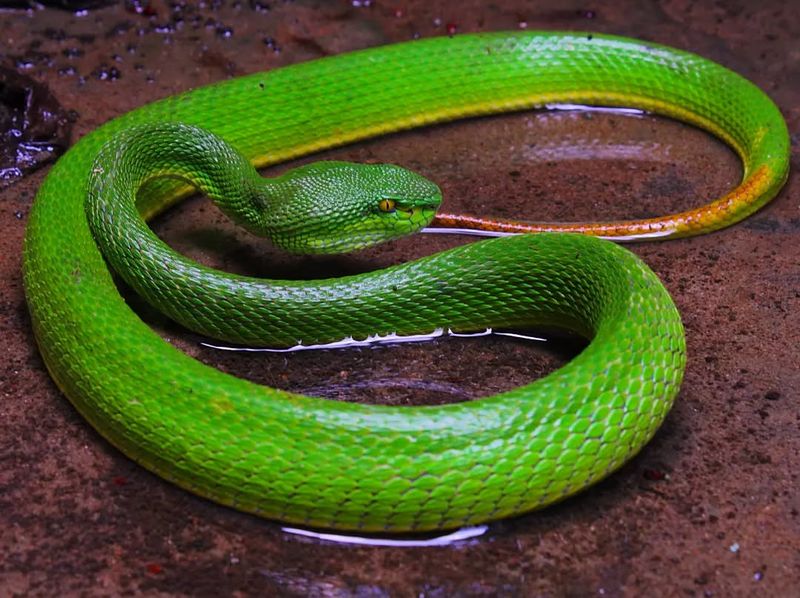
Flat as a pancake – some venomous snakes flatten their bodies when threatened. It’s their way of appearing larger and more intimidating.
Non-venomous snakes generally don’t have this flair for drama. So, if you see a snake doing its best flat impression, it’s probably best to give it some space. It’s all about the art of illusion in the snake world!
11. Forked Tongue
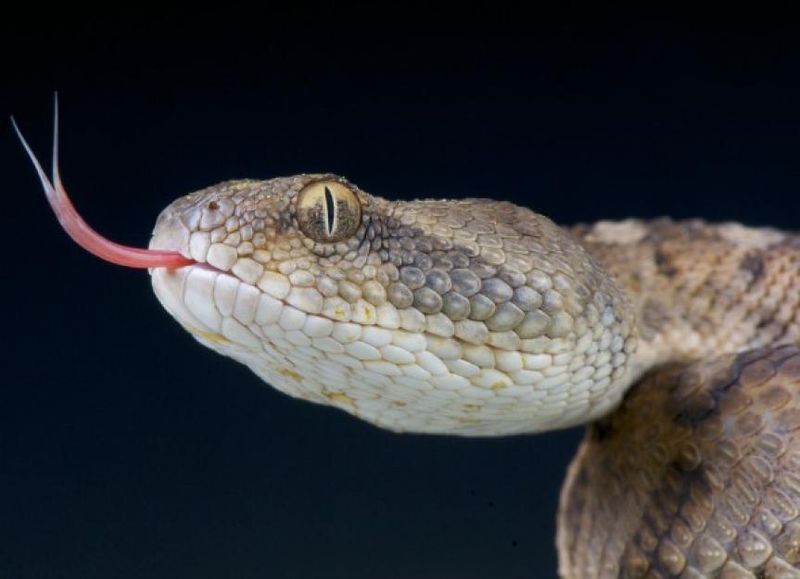
Ah, the classic forked tongue. While not exclusive to venomous snakes, it’s a significant trait in the serpentine world. It helps them pick up scent particles, making them formidable hunters.
Though this feature doesn’t scream “danger,” observing a snake’s tongue-flicking can still be mesmerizing. Remember, it’s all in the details when it comes to these clever creatures!
12. Tail Coloration
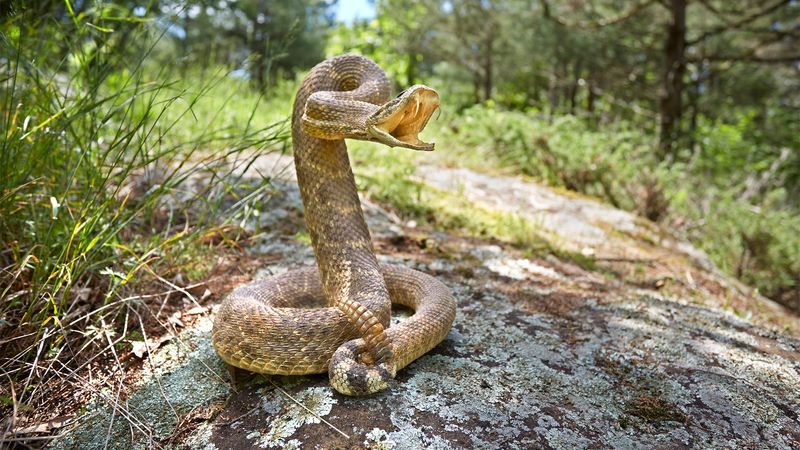
Snakes with distinct tail colors or banding? That’s another clue in your mystery solving! Some venomous snakes flaunt unique tail patterns as a warning.
While not a definitive identifier, it’s one more puzzle piece. So, if you catch a glimpse of a flashy tail, take note. It might be the snake’s way of waving a red flag!
13. Muscular Build
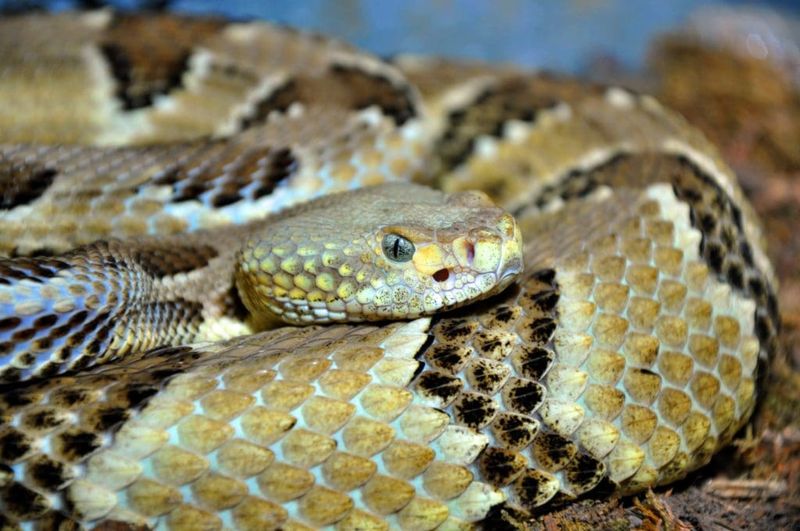
Buff and tough! Venomous snakes often have more muscular builds compared to their non-venomous cousins. This strength aids in their hunting and capturing prowess.
If you see a snake with a noticeably powerful physique, it might be packing venom too. Observe but keep your distance; it’s a snake gym out there, and they’re the star athletes!
14. Unusual Movement Patterns
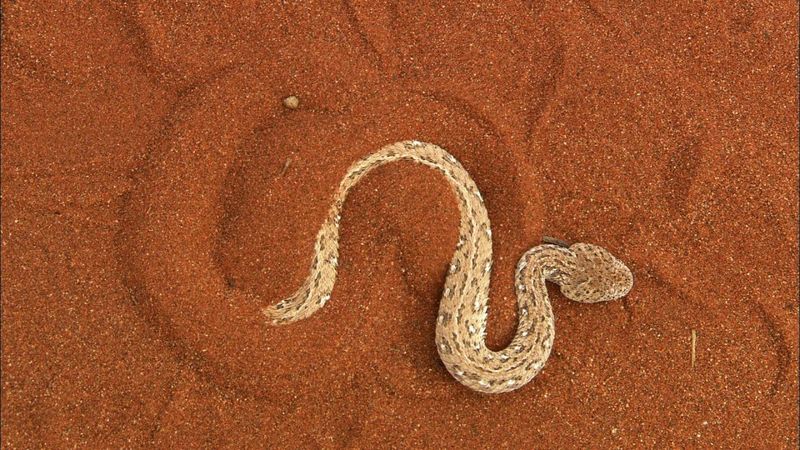
Ever seen a snake move in a zig-zag? Some venomous snakes have unique movement patterns. It’s their signature style, and it can be a hint of venom.
While this alone doesn’t confirm danger, it’s wise to be observant. The next time you see a snake slithering in its own groove, consider it part of nature’s riddle!
15. Raised Neck Ridges
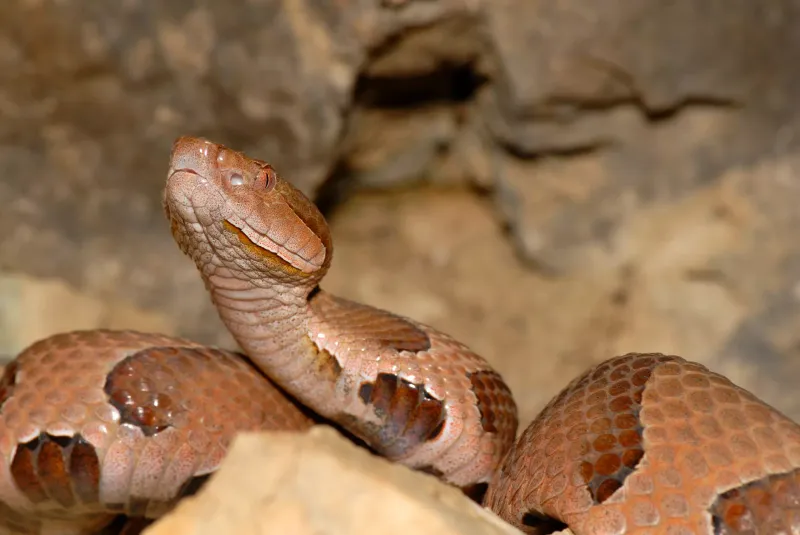
Check out those neck ridges! Some venomous snakes have pronounced ridges along their necks and bodies. It’s like nature’s armor, giving them a tough look.
While subtle, it’s another sign to watch for. If you spot these ridges, it might be best to give the snake some breathing room. They’ve got style and a warning wrapped in one!
16. Distinctive Hiss
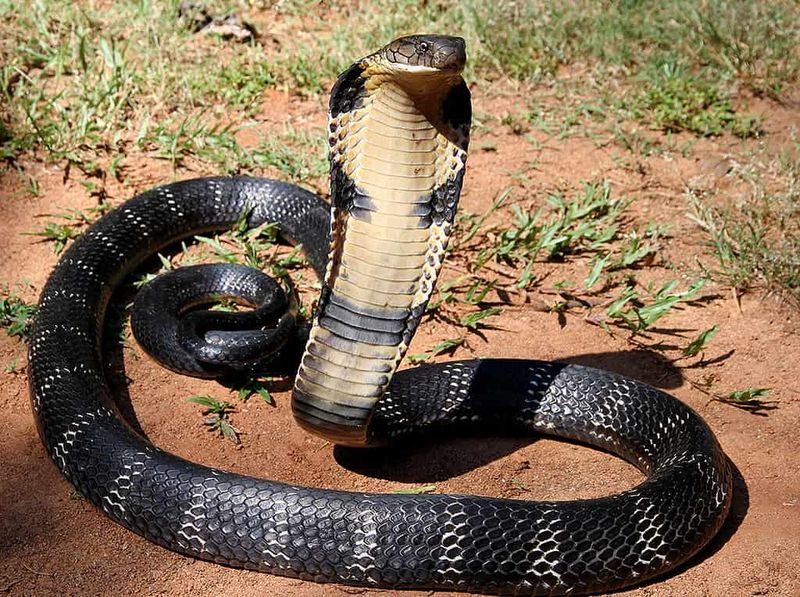
That hiss isn’t just hot air. Many venomous snakes have a distinctive hiss that’s as much a warning as a rattlesnake’s rattle.
If you hear that eerie sound, it’s a cue to stay back. Nature’s alarm system is quite effective, after all. Listening to the hiss helps you decipher the mood – and the danger level of your slithery encounter!


